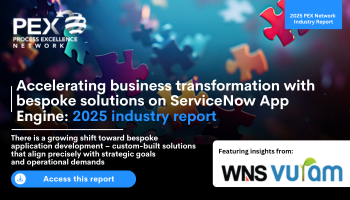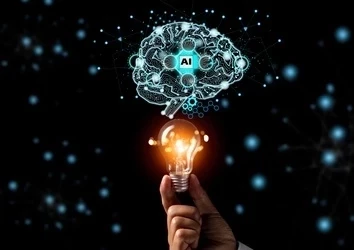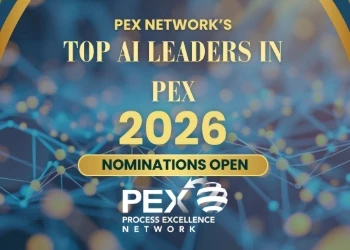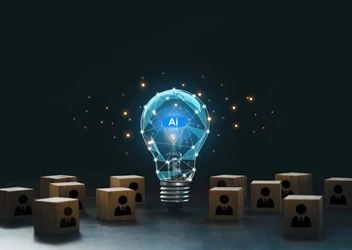Gartner: 40 percent of enterprise apps will feature task-specific AI agents by 2026
As organizations accelerate digital transformation, agentic AI in enterprise applications will move beyond individual productivity
Add bookmark
Gartner predicts that 40 percent of enterprise applications will be integrated with task-specific artificial intelligence (AI) agents by 2026, up from less than 5 percent today.
As organizations accelerate digital transformation, agentic AI in enterprise applications will move beyond individual productivity, setting new standards for teamwork and workflow through smarter human-agent interactions, the analyst giant stated in a new report.
Gartner forecasts that agentic AI will drive approximately 30 percent of enterprise application software revenue by 2035, surpassing US$450 billion, up from 2 percent in 2025.
Join the PEX Network community

Don't miss any news, updates or insider tips from PEX Network by getting them delivered to your inbox. Sign up to our newsletter and join our community of experts.
Learn MoreThe rise of task-specific AI agents: The countdown has begun
Business leaders have a crucial three- to six-month window to define their agentic AI strategy, Gartner warned. Organizations that do not embrace agentic AI promptly risk falling significantly behind their peers.
“AI agents are evolving rapidly, progressing from basic assistants embedded in enterprise applications today to task-specific agents by 2026 and ultimately multiagent ecosystems by 2029,” said Anushree Verma, senior director analyst at Gartner. “This shift transforms enterprise applications from tools supporting individual productivity into platforms enabling seamless autonomous collaboration and dynamic workflow orchestration.”
Managing strategic priorities requires a focused approach across the five stages of agentic AI evolution:
- Stage 1: AI assistants for every application.
- Stage 2: Task-specific agent applications.
- Stage 3: Collaborative AI agents within an application.
- Stage 4: AI agent ecosystems across applications.
- Stage 5: The “new normal” for democratized enterprise apps.
Join us at All Access: AI in Business Transformation 2025!
A new dawn for AI skills
Gartner predicts that by 2029, at least 50 percent of knowledge workers will develop new skills to work with, govern and create AI agents on demand for complex tasks.
“As agentic AI matures, standardized protocols and frameworks will enable seamless interoperability, allowing agents to sense their environments, orchestrate projects and support a wide range of business scenarios,” said Verma. “Early adopters will set the standard for the new normal while others risk falling behind as humans begin relying on AI agents as much as their smartphones.”
A separate study by Censuswide, sponsored by Jitterbit, a global leader in transformation and automation, revealed the promise AI is creating for office workers, with many seeing it offer new skills and personal growth opportunities.
The study surveyed 1,022 full-time office workers in the UK and US, uncovering positivity about working with AI technology in professional settings. As many as 96 percent of respondents believe AI can enhance their professional skills, with 85 percent expecting AI to improve their roles.
Younger workers (18 to 25-year-olds) are most excited about AI-enhanced skills, the study found. The top three skills office workers want to learn through AI are analytical and statistical skills (36 percent), financial management skills (35 percent) and coding and development (32 percent.
The top anticipated benefits of AI include reducing time spent gathering information from work systems and applications (46 percent), increasing time for thoughtful work (33 percent) and providing more time for larger projects (33 percent).
Accelerating business transformation with bespoke solutions on ServiceNow App Engine

Today, off-the-shelf software solutions offer diverse features that enable vast opportunities to implement and maintain business transformation. However, in some circumstances, capabilities lack the flexibility and specificity required to address the unique challenges and workflows of individual organizations. As a result, there is a growing shift toward bespoke application development – custom-built solutions that align precisely with strategic goals and operational demands.
Download this report to explore how enterprises can harness the power of custom applications to drive meaningful transformation. With the growing adoption of low-code platforms like ServiceNow App Engine, organizations are building custom applications faster and with greater control. By empowering both IT professionals and citizen developers to build tailored solutions, organizations can significantly reduce time to value while maintaining control over quality and compliance.
Download Now
























